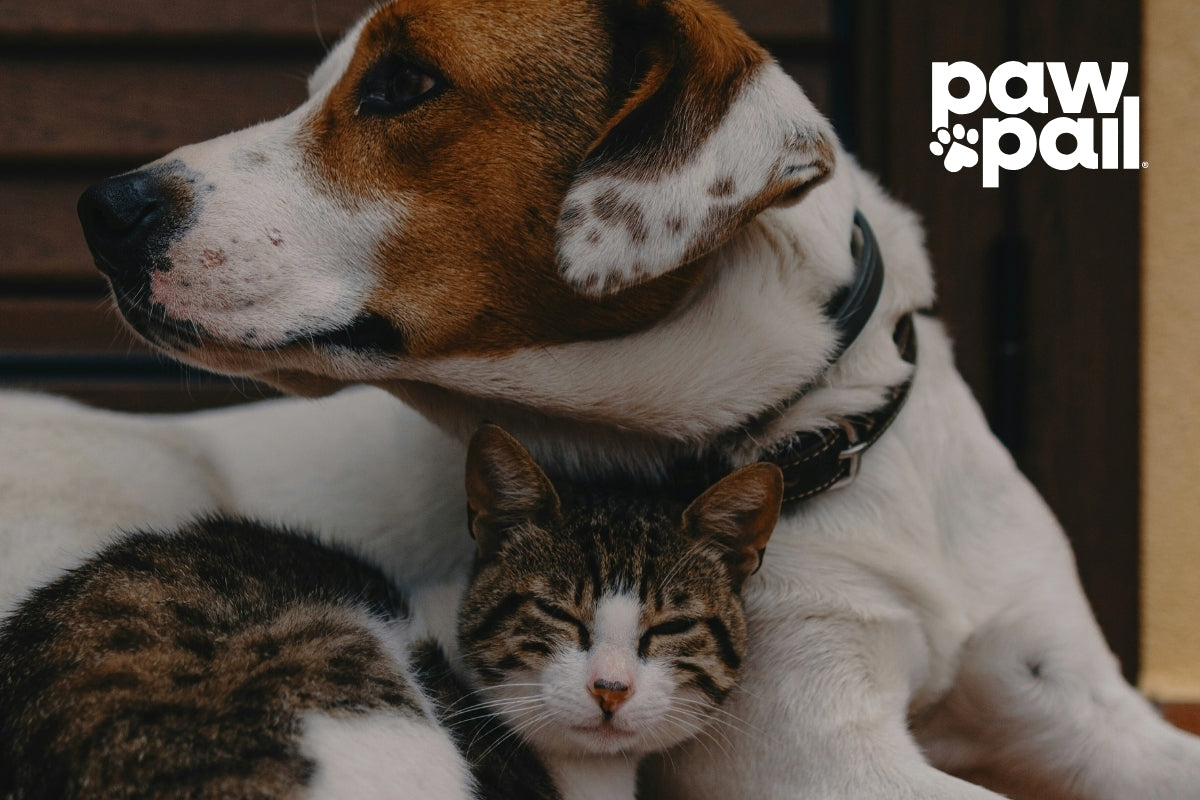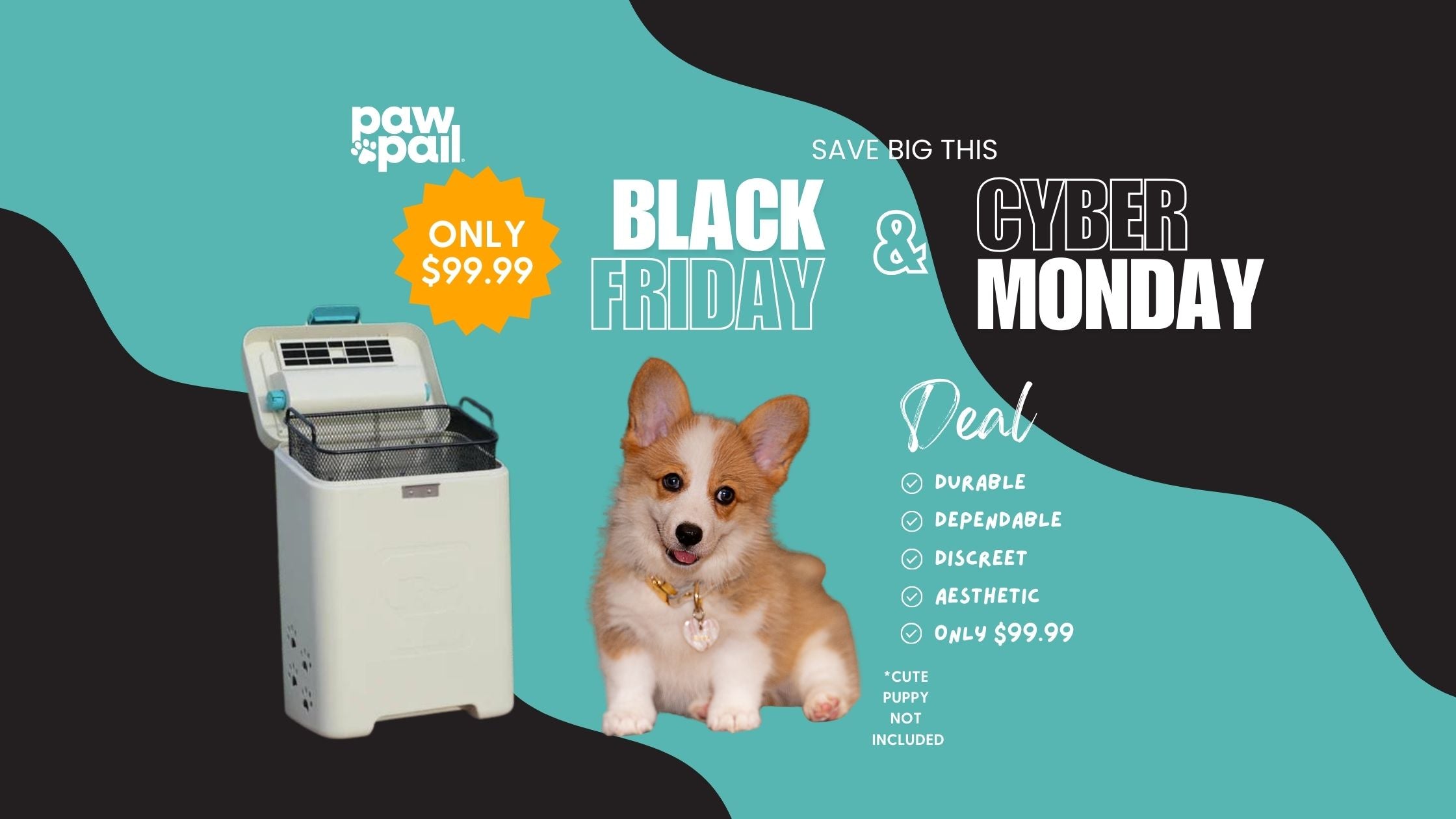Our feline companions bring immeasurable joy into our lives, their purrs are a soothing balm, and their playful antics are a constant source of amusement. However, with the privilege of pet ownership comes the responsibility of managing their less glamorous, yet equally essential, bodily functions.
Properly disposing of cat poop is not merely about masking unpleasant odors; it's a cornerstone of maintaining a healthy home environment for both humans and our beloved cats. Neglecting this crucial aspect can lead to lingering smells, the spread of harmful bacteria and parasites, and even impact your cat's litter box habits.
Daily Scooping
Imagine leaving dirty dishes in the sink for days – the stench, the potential for bacterial growth, and the sheer unpleasantness. The same principle applies to your cat's litter box. Feces and urine left to fester create a breeding ground for odor-causing bacteria and can deter your cat from using the litter box, leading to accidents elsewhere in your home.
The simple act of scooping daily, or at the very least every other day, is the most significant step you can take in managing cat waste effectively. This proactive approach offers several key benefits. Freshly deposited waste has a far less potent smell than waste that has been sitting for extended periods.
Regular scooping prevents the build-up of pungent ammonia and other byproducts of decomposition. Cats are fastidious creatures and prefer a clean bathroom. A consistently scooped litter box is more inviting, encouraging your cat to use it appropriately and reducing the likelihood of elimination outside the designated area.
While scooping, you have the opportunity to observe your cat's stool for any abnormalities in color, consistency, or the presence of blood or mucus. These changes can be early indicators of health issues that warrant veterinary attention. Removing waste regularly helps to keep the remaining litter cleaner for longer, potentially extending its lifespan and reducing the frequency of complete litter changes.
Bagging it Right
Once you've diligently scooped the clumps and solid waste, the next crucial step is proper containment. This prevents odors from escaping and makes the waste easier and more hygienic to handle. Recycled plastic grocery bags or small trash bags are a readily available and cost-effective solution. Their non-porous nature effectively traps odors. Ensure the bag is sturdy enough to prevent tears and leaks during handling.
For environmentally aware pet owners, biodegradable bags offer a greener alternative. These bags are designed to break down over time, reducing their environmental impact. However, it's essential to verify that the bags are truly compostable in your local waste management system if you intend to explore composting.
The pet market offers various litter disposal systems that often involve a dedicated container and multi-layer bags designed to hermetically seal waste and minimize odors. These systems can be convenient for those particularly sensitive to smells, but they typically require the purchase of specific refill bags, adding to the ongoing cost.
Regardless of the bag type you choose, the next critical action is to seal the bag tightly. A secure knot at the top is essential to prevent any unpleasant odors from wafting out and to contain the waste securely until disposal.
Choosing Your Disposal Method Wisely
This is where careful consideration of environmental impact, local regulations, and personal convenience comes into play.
For the vast majority of cat owners, the regular household trash can is the final destination for bagged cat waste. This is a straightforward and widely accepted method. To further minimize any potential odors, consider double-bagging the waste, especially if your trash is not collected frequently or if you have a particularly sensitive nose.
Ensure your trash can has a secure lid to contain smells. Crucially, never, under any circumstances, flush cat litter or feces down the toilet. This can lead to severe plumbing blockages, damage your septic system (if applicable), and, most importantly, introduce harmful parasites like Toxoplasma gondii into the water system. Wastewater treatment plants are not always equipped to effectively remove these pathogens, posing a risk to aquatic life and potentially human health.
The idea of composting pet waste might appeal to environmentally conscious individuals. However, when it comes to cat feces, extreme caution and thorough research are paramount. Cat waste can harbor parasites, including Toxoplasma gondii, which can cause serious health issues in humans, especially pregnant women and individuals with compromised immune systems. Therefore, it is strongly advised against composting cat waste if you intend to use the compost on edible plants.
Maintaining a Clean Scoop
Your trusty litter scoop is the primary tool in this process, and neglecting its cleanliness can undermine your efforts. Residual waste and bacteria can accumulate on the scoop, leading to unpleasant odors and potential contamination. Regular cleaning is essential.
After each scooping session, or at least periodically, wash the scoop thoroughly with hot, soapy water. For an extra layer of hygiene, you can also disinfect it with a diluted bleach solution, ensuring a thorough rinse with clean water afterward to remove any bleach residue before its next use.
Consider a Dedicated Waste System
While diligent daily scooping and proper bagging are crucial first steps in managing cat poop odors, for an even more effective solution, consider a dedicated pet waste disposal system. Products like the Paw Pail highlight the benefits of specialized containers with odor-locking features like carbon filters and secure seals.
Investing in the Paw Pail, tailored for any pet waste, can significantly enhance your efforts in maintaining a fresh and healthy home environment by providing a designated, odor-controlled receptacle for bagged waste until trash day, without wondering how to dispose of cat poop.


